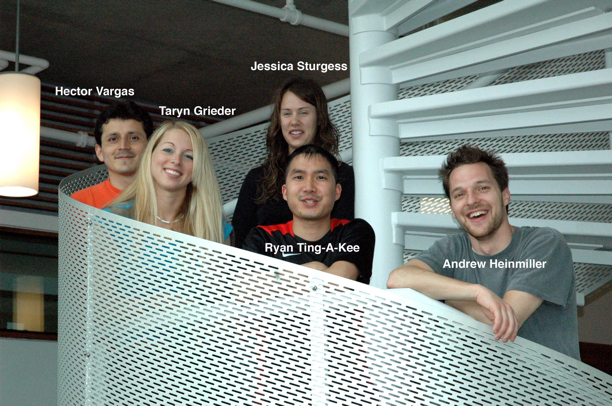Neurobiology of Motivation
Our primary objective is to characterize the neurobiological substrates of motivation. Our overall hypothesis is that separate, double dissociable, neural mechanisms underlie the rewarding effects of opiates in drug naive versus drug-dependent and deprived animals. Lesions of the tegmental pedunculopontine nucleus (TPP) block the conditioned place preferences produced by morphine in drug naive rats, but not in opiate dependent and deprived rats. Dopamine antagonists block the conditioned place preferences produced by morphine in opiate dependent and deprived rats, but not in drug naive rats. We hypothesize that TPP and dopaminergic manipulators identify a fracture line in motivational mechanisms that splits a non-deprived motivational process from a deprivation induced motivational process. We suggest that this distinction cuts across motivational stimuli (for example, TPP lesions but not dopamine antagonists block the rewarding properties of food in food sated rats and dopamine antagonists but not TPP lesions block the motivational effects of food deprivation).
- The present application proposes to test four specific hypotheses that have arisen from our overall hypothesis.The switch in the GABAA receptor on the GABA neurons in the ventral tegmental area (VTA) from inhibitory to excitatory when animals become opiate dependent and withdrawn is the molecular switch that underlies the cellular switch between the separate dopamine and TPP reward output pathways from the VTA.
- Ethanol works to produce rewarding effects through the same GABAA receptor on GABA interneurons in the VTA, but we hypothesize that ethanol should work in exactly the opposite manner to opiates (that is, the TPP output is critical for ethanol reward in dependent animals and the dopamine output from the VTA is critical for ethanol reward in ethanol naïve animals). We hypothesize that this exactly opposite use of the two motivation outputs is predicted by the fact that ethanol works as a GABAA agonist on the GABA VTA neuron receptor and by the suggestion that opiates work to inhibit GABA release on this same receptor (thus acting functionally as GABAA antagonists).
- The activation of the GABA projection from the VTA to the TPP interacts with GABAergic and glutamatergic (but not cholinergic) neurons in the TPP to produce reward.
- The rewarding effects of systemically administered opiates and ethanol are dependent on the function of the GABAA receptor on GABA neurons in the VTA.
The experiments proposed to test these four specific hypotheses will help reveal the structure of motivational systems in the mammalian brain. Many of the experiments to be proposed involve time consuming brain microinjections and manipulations, yet this type of work is required if we are to understand at a circuit and molecular level the regulation of the two separate neural systems hypothesized to mediate the motivational effects of opiates and other stimuli.
Related Publications
Grieder, T.E., George, O., Tan, H., George, S.R., Le Foll, B., Laviolette, S.R., van der Kooy, D. Phasic D1 and tonic D2 dopamine receptor signaling double dissociate the motivational effects of acute nicotine and chronic nicotine withdrawal. Proceedings of the National Academy of Sciences of the United States of America. 8 (2012) 3101-6. (greider...2012)
Vargas-Perez, H., Ting-A-Kee, R., Walton, C.H., Hansen, D.M., Razavi, R., Clarke, L., Bufalino, M.R., Allison, D., Steffensen, S.C., and van der Kooy, D. Ventral Tegmental Area BDNF induces an opiate dependent-like motivational state in nondependent animals. Science. 324 (2009) 1732-1734. (vargas...2009...)
Laviolette SR, Gallegos RA, Henriksen SJ, van der Kooy D. Opiate state controls bi-directional reward signaling via GABAA receptors in the ventral tegmental area. Nat Neurosci. 2004 Feb;7(2):160-9. (laviolette...2004)
Laviolette SR, van der Kooy D. GABAA receptors signal bidirectional reward transmission from the ventral tegmental area to the tegmental pedunculopontine nucleus as a function of opiate state. Eur J Neurosci. 2004 Oct;20(8):2179-87. (laviolette...2004)
Project Researchers

**photo credit: Radha Chaddah**
